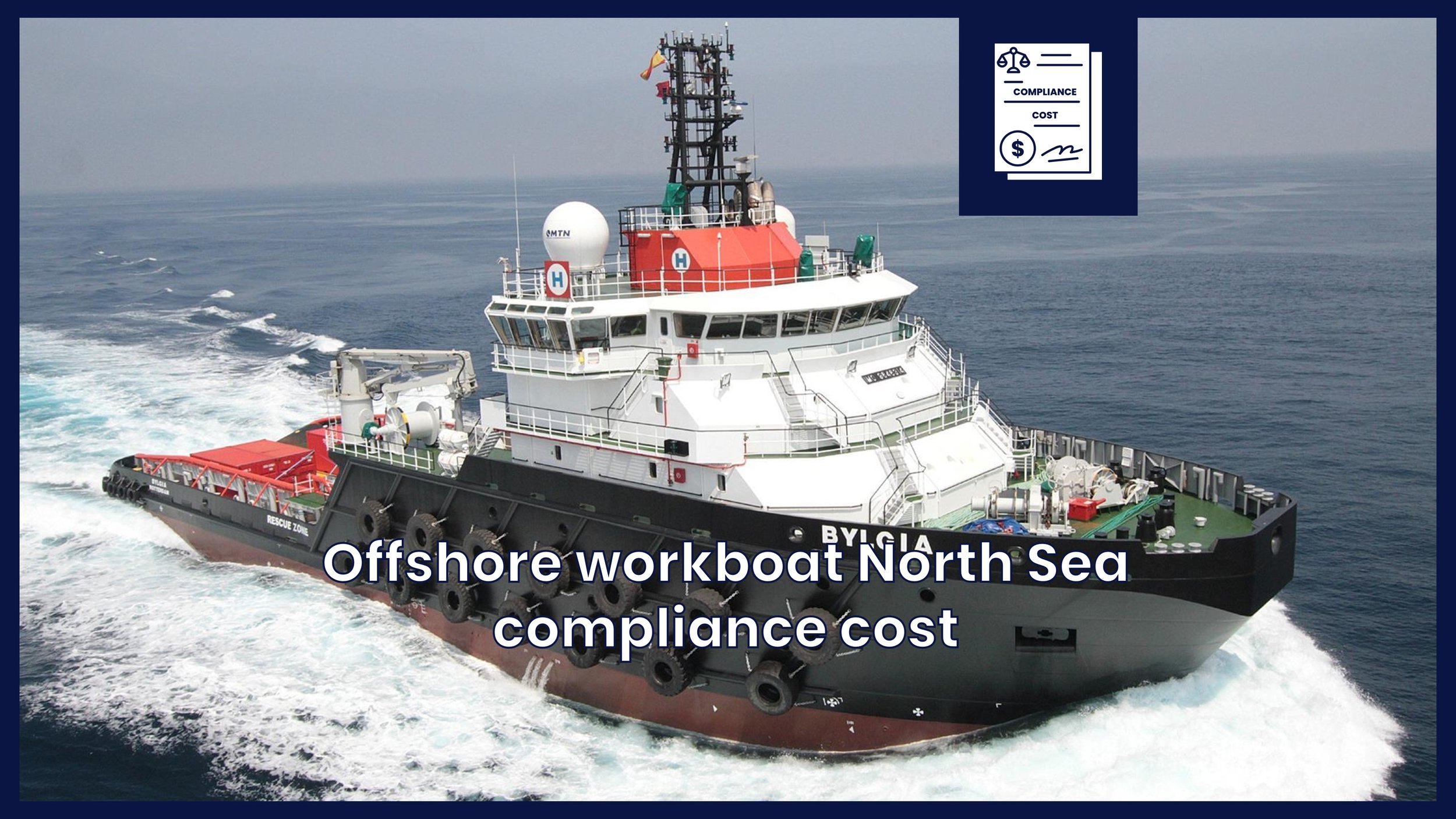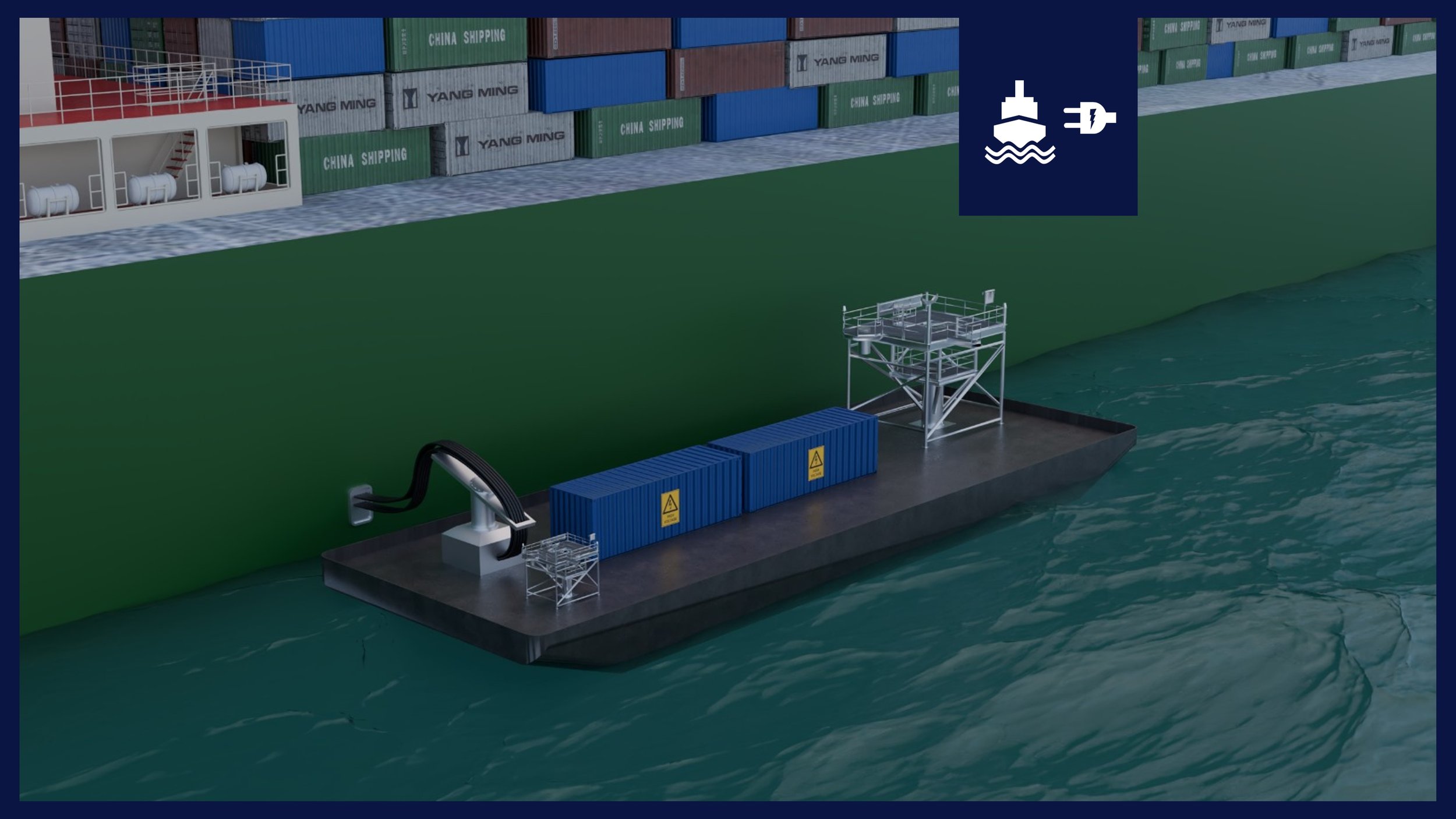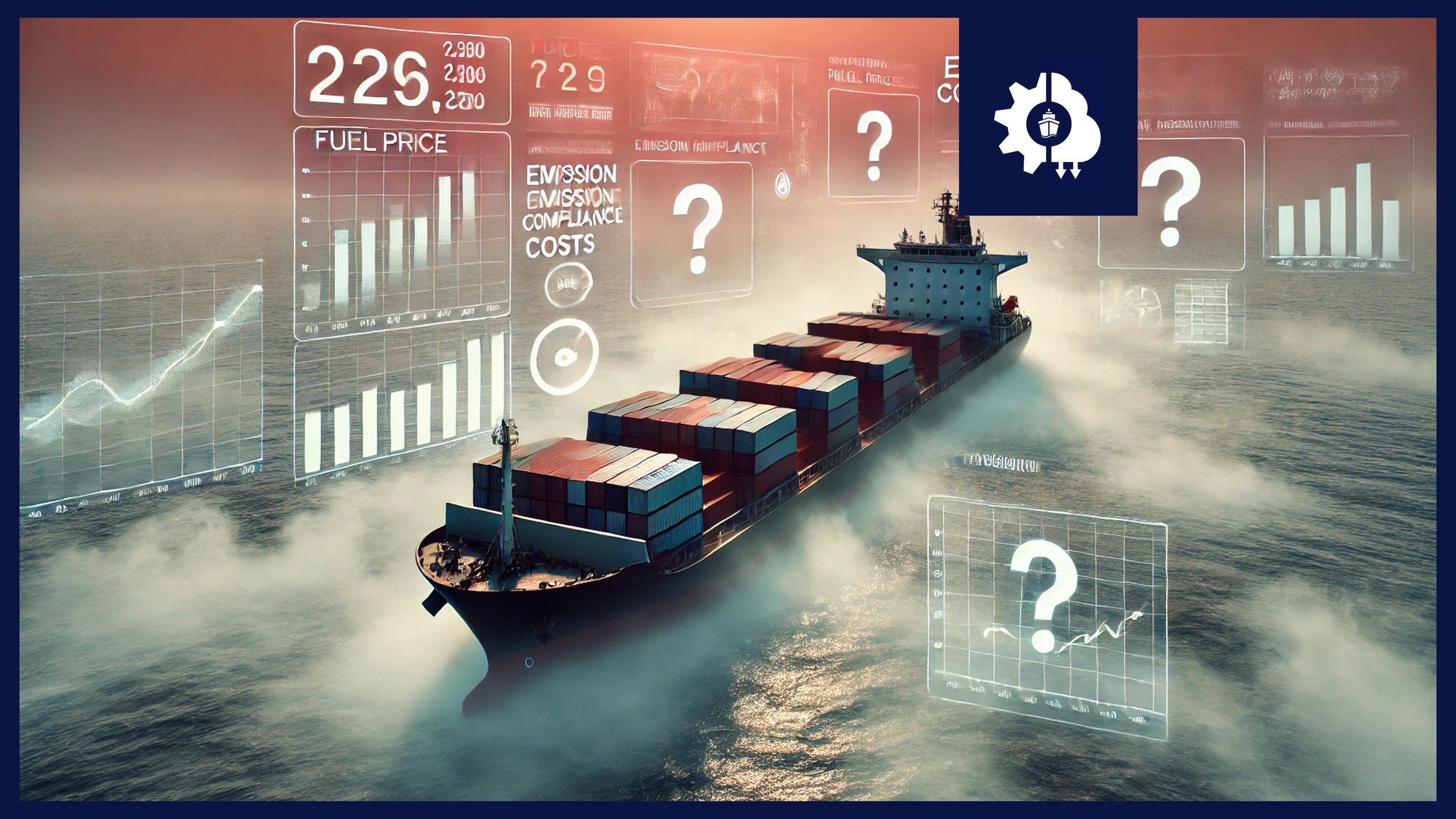Case studies | Find examples on decarbonization measures, costs and regulations to benchmark your business case
Emission Properties for EU ETS, FuelEU and IMO Net-Zero
Shipowners and operators face the challenge of navigating multiple regulatory frameworks - EU ETS, FuelEU Maritime, and IMO Net-Zero - each employing distinct methodologies and emission factors for assessing fuel emissions. This blog provides clear guidance on the differing emission factors and calculation methods employed by each regulatory framework.
Compliance costs per mT of fuel from 2025 until 2050
Accurate assessment of marine fuel costs is becoming increasingly critical as regulatory pressure grows, especially given the recently announced IMO Net-Zero Framework. This blog uses a VLSFO-equivalent cost model to evaluate the impact of FuelEU Maritime, EU ETS, and IMO Net-Zero regulations on a wide range of fuels. By comparing fossil, bio-based, and synthetic fuels under realistic scenarios, the analysis shows that compliance costs - driven by emissions penalties and carbon pricing - are expected to exceed fuel prices by 2030 for many options.
FuelEU and IMO Net-Zero Framework explained - Q&A with Normec Verifavia
This Q&A session explores the upcoming IMO Net-Zero Framework, featuring Rajat Bishnoi and Yuvraj Thakur from Normec Verifavia, an accredited verifier supporting shipowners with emissions reporting and regulatory compliance. They explain the new GHG Fuel Intensity and Fuel Standard requirements, compare them to FuelEU Maritime, and discuss penalties, registry systems, and practical implications for shipowners preparing for 2027–2028 enforcement.
Impact of FuelEU Maritime on solar PV for bulk carrier
This case study explores a 100 kWp solar PV system installed on the hatch covers of a handymax bulk carrier. Operating primarily in Northern Europe, the system offsets auxiliary engine load during idle periods, leading to estimated savings of ~$350,000 between 2025 and 2035. With a CAPEX of $100,000, the payback period is around three years. Most savings come from fuel reduction, with additional benefits from EU ETS and FuelEU compliance. The business case is most sensitive to engine efficiency (SFC) and fuel price.
Business case for an offshore construction vessel with a shore power battery
This case study evaluates a mobile shore power battery barge designed for an offshore construction vessel in the Port of Rotterdam. An average power demand of 2.4 MW and a peak demand of 5 MW is assumed. This results in the requirement of twelve 20-ft containerized batteries integrated into a High Voltage Shore Connection (HVSC) system. Total costs of the power barge are estimated at $9.5M with a yearly revenue of approx. $2.5M.
Fuel and compliance costs for offshore workboat in North Sea
Operating an offshore workboat in the North Sea area until 2050 will impose significant financial and operational pressure due to tightening environmental regulations and mounting compliance obligations. Modelling of compliance costs shows a clear tipping point in 2040, with FuelEU Maritime becoming the dominant driver, although FuelEU currently applies to vessels above 5,000 GT only. Results for a large offshore workboat operating year-round in the North Sea show that the maximum projected cost exposure could reach up to $250 million between now and 2050.
Business case for a Feedermax containership with a shore power battery
This case study evaluates a mobile shore power battery barge designed for a 1,730 TEU containership in the Port of Rotterdam. An average power demand of 329 kW and a peak demand of 1 MW is assumed. This results in the requirement of two 20-ft containerized batteries integrated into a Low Voltage Shore Connection (LVSC) system. Estimated savings for the ship reach €500 per 24-hour period, primarily due to reduced FuelEU compliance costs, which could exceed €600,000 over 10 years.
Choosing the right fuel: a brief guide to future prices and compliance costs
This case study analyzes 10 marine fuels using an HFO-equivalent model to determine their full lifecycle costs, including fuel prices and regulatory compliance costs, from 2025 to 2050. The results highlight a critical tipping point in 2040, driven by the FuelEU Maritime regulation increasing carbon intensity reduction targets sharply from 14.5% to 31%. This blog provides shipowners with guidance on how to navigate these evolving cost scenarios and maintain competitiveness to ensure future-proof investments.
FuelEU & EU ETS compliance costs for a 3,000 TEU Panamax containership
This case study determines the costs of compliance for a 3,000 TEU Panamax containership with respect to FuelEU and EU ETS. Estimated annual compliance costs for business as usual range from $2.5M in 2025 to $23M in 2050. Two different pathways are evaluated to determine mitigation options and OPEX costs: shore power and wind-assisted propulsion. Savings for shore power are approx. $400k per year in 2025, savings for wind-assisted propulsion are approx. $600k in 2025.
FuelEU + EU ETS compliance costs for CMA CGM, Hapag-Lloyd and COSCO
This case study calculates and compares EU ETS and FuelEU compliance costs for three major shipping companies: CMA CGM, Hapag-Lloyd and COSCO. From 2025 until 2050, these three companies will pay a total compliance cost of $54B (CMA CGM), $25B (Hapag-Lloyd) and $32B (COSCO).
Compliance costs of VLSFO vs. bio-methanol vs. e-ammonia
This case study calculates and compares the compliance costs with regards to EU ETS and FuelEU for VLSFO, bio-methanol and e-ammonia. Results show that the averaged compliance costs for VLSFO between 2025 and 2050 are $966 per mT.
FuelEU pooling with full electric chemical tanker
This case study determines the effects of pooling a fully electric small-sized chemical tanker with similar type vessels in the context of FuelEU Maritime. The results show that a single electric ship can include up to 69 ships in its pool in 2025, each ship consuming 2,555 mT MDO per year.
How to decarbonize your ship - RoRo Cargo + shore power + FuelEU
This case study determines the impact of FuelEU Maritime on a shore power refit for a RoRo Cargo ship under multiple loading and operational conditions. Pending on the amount of days connected to the grid and the average load while moored, it is estimated that shore power can save €250,000 per year.
Impact of FuelEU Maritime on shore power business case
This is a case study that determines the impact of FuelEU Maritime on a shore power refit business case up to 2050, taking several ships and varying input parameters to determine the impact under multiple conditions. As FuelEU Maritime will make shore power mandatory in 2030 for passenger- and containerships, this tool will help to determine the impact of that regulation on your business case.














